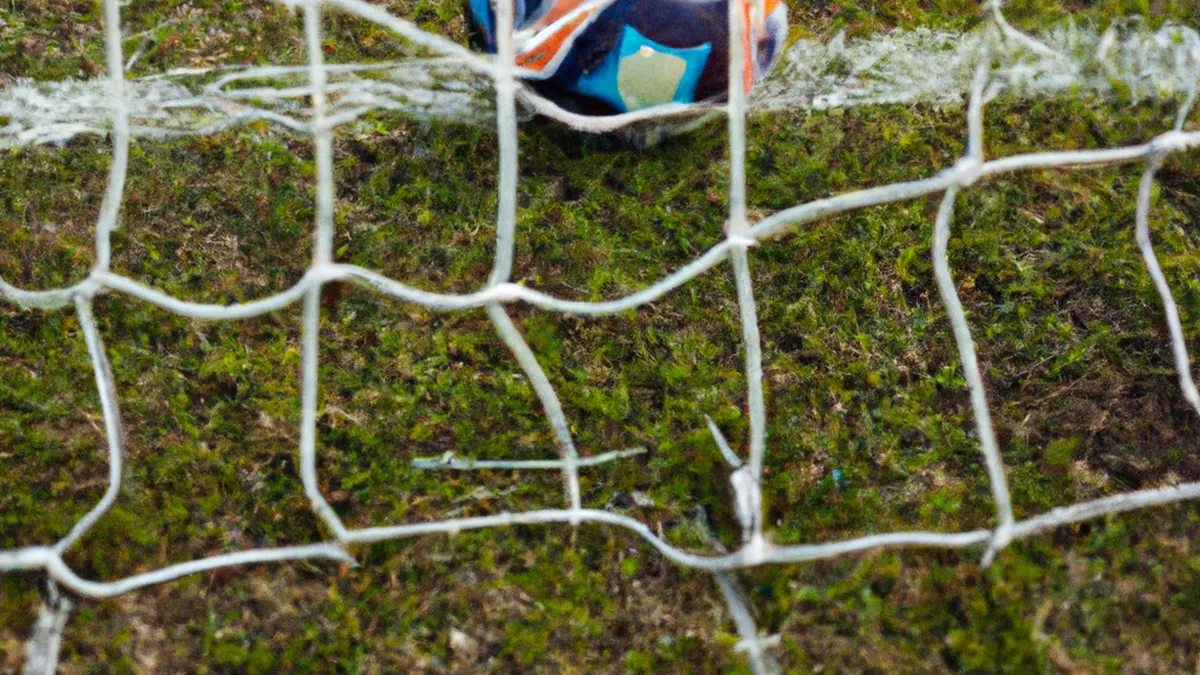Turn Ordinary Drills into Adventure Games
Engaging Children Through Fun DrillsEngaging children in physical activity enhances their physical health, social skills, and mental well-being. Fun drills capture their attention and keep them active, fostering a lifelong love for movement. When children enjoy activities, they participate consistently. Here are tips and benefits of fun drills that motivate kids to learn and play.
Tips for Creating Fun Drills
1. Use Games to Teach Skills
Incorporate games into drills to make learning enjoyable. Children love competition, so structure drills like games to boost engagement. For instance, use tag to improve speed and agility while enhancing spatial awareness. Children focus on the game, unaware they work on their physical skills. Games like “Capture the Flag” teach teamwork and strategy while promoting cardiovascular fitness.
2. Keep It Varied
Children lose interest quickly in repetitive drills. Change drills frequently to maintain excitement. Mix activities to prevent monotony and keep children engaged. Alternate between soccer drills, basketball skills, and fun obstacle courses. Use different equipment like cones, balls, or ropes to create a dynamic environment. Regularly introduce new games, challenges, or equipment to keep kids intrigued and motivated.
3. Set Clear Goals
Establish clear, achievable goals for each drill. Help children understand what they work towards to provide a sense of purpose. Celebrate their achievements, no matter how small, to boost confidence. Acknowledge mastery of a new skill or improvement in a relay race with praise or small rewards. This encouragement fosters accomplishment and motivates them to improve.
Advice for Implementing Fun Drills
As an Amazon Associate I earn from qualifying purchases.
Gear tip: consider soccer ball, soccer cleats, and compact home gym set to support this topic.
1. Create a Positive Environment
A supportive atmosphere engages children effectively. Encourage teamwork and celebrate all successes. Avoid overly critical feedback, which can discourage participation and enthusiasm. Instead, focus on each child’s strengths to highlight what they do well. A positive environment fosters a love for the activity and encourages children to take risks.
2. Involve the Children in Planning
Include children in selecting drills and games to increase their investment. When they contribute, they feel ownership and participate enthusiastically. Ask for input on activities they enjoy or want to try. This involvement boosts motivation and allows them to express creativity, making the experience enjoyable for everyone.
3. Monitor Energy Levels
Keep an eye on children’s energy levels.
Conclusion
Engaging children in fun drills fosters physical health, social skills, and mental well-being.
Below are related products based on this post:
FAQ
Why are fun drills important for children?
Fun drills are essential as they enhance children’s physical health, social skills, and mental well-being. When children engage in enjoyable activities, they are more likely to participate consistently and develop a lifelong love for movement.
How can games be incorporated into drills?
Games can be integrated into drills by structuring them to make learning enjoyable and competitive. For example, using tag can improve speed and agility while teaching teamwork and strategy through games like “Capture the Flag.
What should be considered when planning drills for children?
When planning drills, it is important to keep activities varied to maintain excitement and prevent monotony. Setting clear goals and creating a positive environment are also crucial to encourage participation and celebrate children’s achievements.















Post Comment